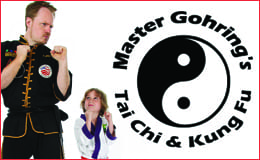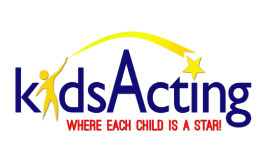How many times have you thought, “I wish I could be a little mouse in the corner of the classroom?”
Most parents wish they could sneak a peek into their little one’s classroom during the day. But beyond simple curiosity, is such a visit necessary?
There are several reasons why you may want to observe the classroom:
- Your child may demonstrate skills or behaviors at school that you don’t see at home, or you see things at home that don’t happen at school. Observing your child in both environments can be helpful to both you and the school.
- You may have questions about the class routine that are not satisfied by conferences.
- You may suspect your child is not in the most appropriate placement, and you want to visit the classroom to determine if his needs are being met.
- Your child may have communication issues due to a disability. (In these cases, parent-teacher communication is vital. As a partner with the educational system, you may need to gather information to be used in your child’s annual review meeting.)
Setting Up the Visit
Most teachers are happy to accommodate parent visits, but your school may have a specific policy for observations. Plan ahead. It is very rare that a parent can do a “drop-in” visitation.
Let the teacher know if there are specific skills or activities you are most interested in viewing. Some schools will arrange for you to be accompanied by a principal or counselor. They also need to be in the loop when you schedule your visit.
Making an Entrance – or Not
You might imagine walking into your daughter’s classroom with arms wide open and sporting a big smile. Your daughter is the first to hug you, but the rest of the children follow, squealing and tackling you to the ground. It’s a sweet scene, but unfortunately it completely disrupts the academic routine of the day.
So, how should you behave during an observation?
- Don’t draw attention to yourself. The goal of most observations is to see your child in his typical day, which doesn’t include a parent in the classroom. Try to be as unnoticed as possible.
Observations are usually scheduled when the children are settled into their routine. Don’t sit with your child; stay in the seat provided. When your observation time is over, slip out quietly and without fanfare.
- Limit interactions with the teacher and students. You are there to observe, not participate. The teacher is working and shouldn’t be interrupted with questions, commentary or chitchat. Take notes and record questions so you can bring them up later.
If a child greets you, feel free to say “Hello.” If they ask what you are doing, answer that you are observing your child. Then gently remind them to return to their work.
- Maintain privacy. Focus your attention on your own child. Don’t ask questions about other children and their services, disabilities, behaviors and achievement. The teacher can’t address such questions due to privacy laws. Imagine how you’d feel if another parent were observing your child, and act accordingly.
Options and Alternatives
There are plenty of other ways to find out what is going on in the classroom. Take advantage of these, and you may not need to schedule a formal observation.
- Open houses, parent nights and conferences. Here, teachers set aside time to answer your questions and get acquainted. Show up to all of them. You’ll get to see your child’s learning environment, get to know the teacher and learn the classroom routines.
- Volunteering. From stuffing take-home folders to hanging up student work, most teachers are happy to have all the help they can get. Volunteering lets you build a trusting relationship with your child’s teacher. You can also help out in the library or office. These are great ways to learn more about the day-to-day workings of the school.
- Class parties. While classroom parties are by no means a view of your child’s daily routine, you can get a good feel for the classroom environment, how your child socializes with other children and how your child interacts with his teacher. Even better than showing up is volunteering to come early for setup or stay late for cleanup.
You have a right to know what is going on in your child’s class room. Parentobservations are just one path to this knowledge.
Consider starting with the least intrusive paths, and if you do choose to sit in on the classroom, be sure to be quiet as a little mouse.
Jennifer VanBuren is a Georgetown mother of three, educator and childbirth doula.















